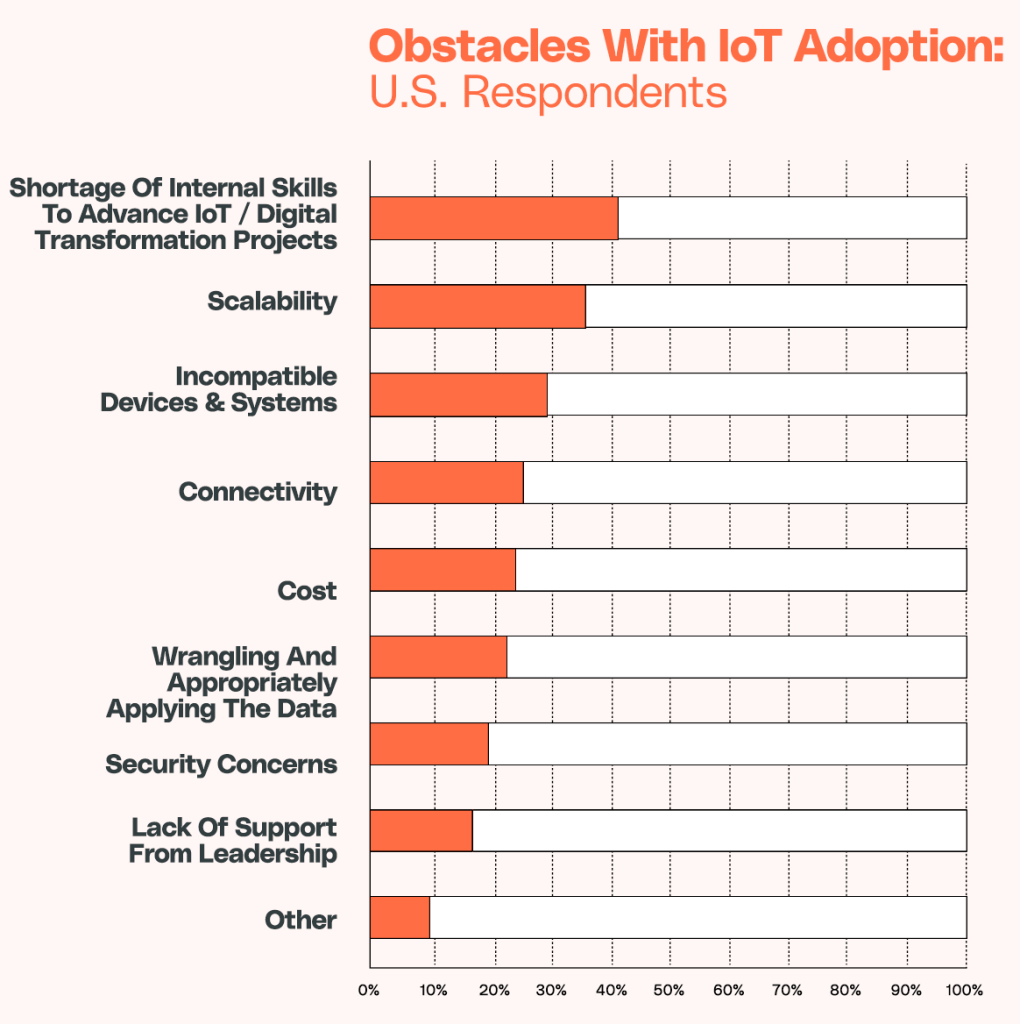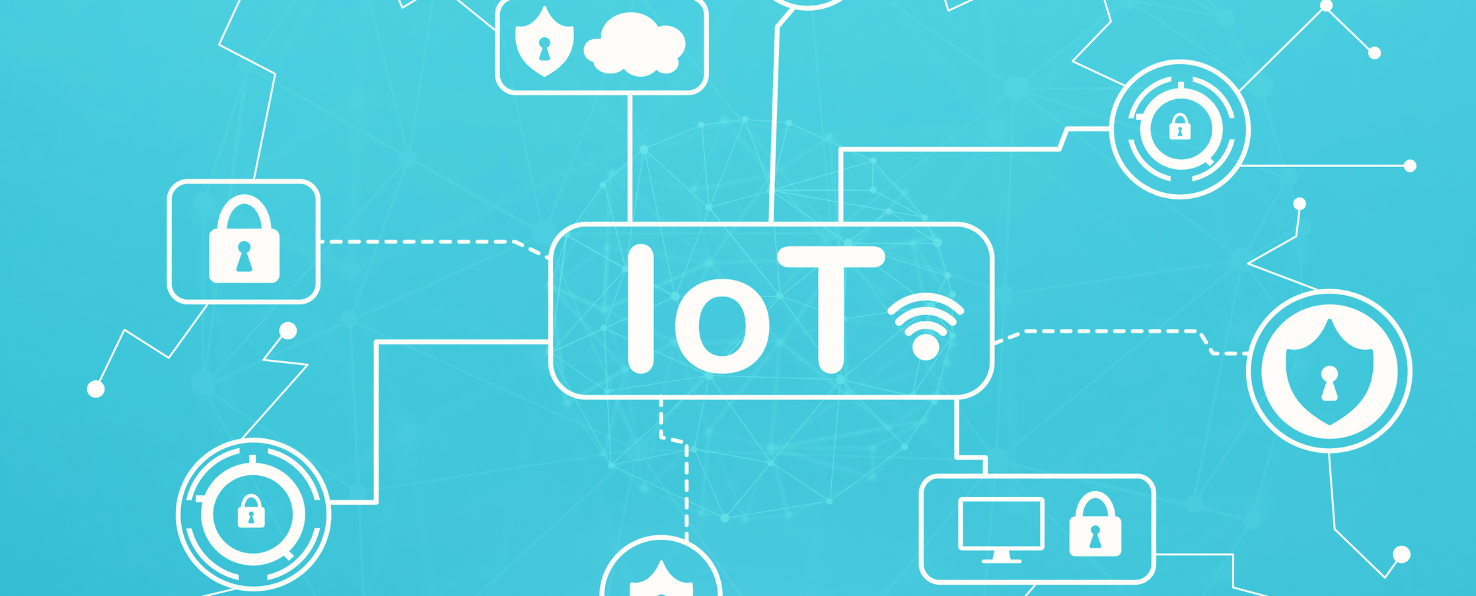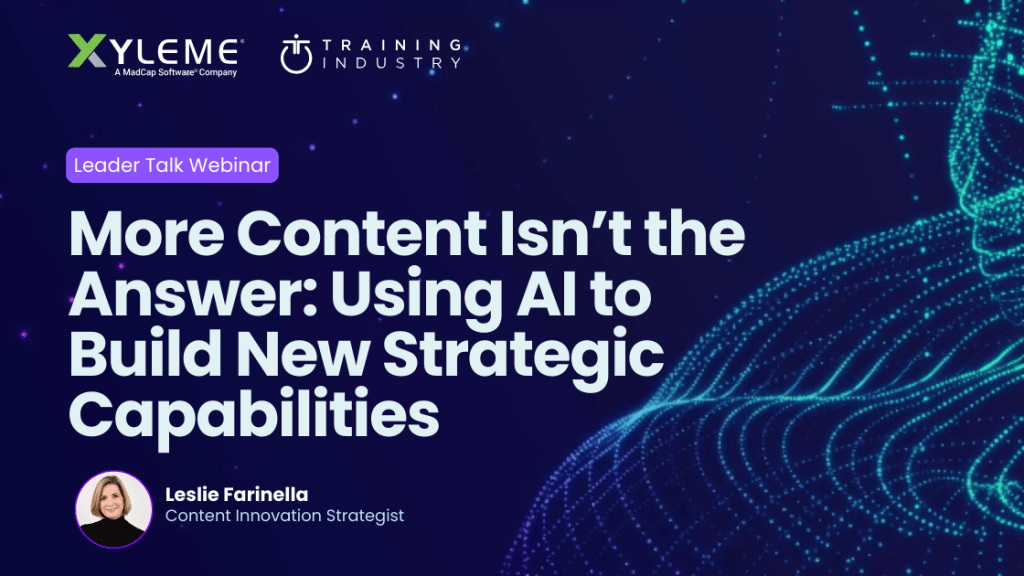As the Internet of Things (IoT) continues to revolutionize industries across the globe, the complexities and nuances associated with its adoption present unique challenges. At the heart of surmounting these obstacles is the robust implementation of structured content management and effective product documentation. With the right strategy, companies can not only meet these challenges head-on but turn them into opportunities for growth and innovation.
Understanding the Challenges of IoT Adoption

The Role of Actionable Intelligence in IoT Adoption
Harnessing the benefits of IoT adoption often requires surmounting a range of challenges. One significant tool in the process is actionable intelligence. This involves leveraging cutting-edge technologies like advanced analytics, machine learning, and artificial intelligence to transform raw data into valuable insights.
IoT devices often generate vast amounts of data. Each device serves as a data point, producing a significant stream of information. This voluminous data might be intimidating and even overwhelming without the proper systems and expertise in place. However, actionable intelligence steps in to change the game. With the capabilities of advanced analytics, the otherwise daunting volumes of data can be dissected, studied, and organized to reveal valuable trends and patterns. This process aids in strategic decision making and provides insights into the effectiveness of the current IoT system. It allows companies to understand and assess the efficiency of their IoT devices better, providing crucial information about potential improvements and innovations.
Machine learning and artificial intelligence further enhance this process. These technologies can sift through data at a pace far surpassing human capability, identifying trends and generating insights in real-time. They provide companies with an ongoing stream of intelligence, constantly updating as new data is generated. This continuous flow of insights can enable organizations to predict potential challenges or opportunities, making the IoT system more efficient and effective.
However, it’s not enough to have these insights; they must be actionable. Actionable intelligence is information that can be directly applied to enhance decision-making processes and drive strategic plans. This can involve identifying areas of the IoT system that need improvement, predicting potential security risks, or spotting opportunities for innovation.
To truly benefit from actionable intelligence, companies need to integrate these insights into their strategies and decision-making processes actively. This could involve adjusting their IoT system based on the patterns identified by machine learning algorithms, or using the insights gained from advanced analytics to guide their product development strategies.
Actionable intelligence, thus, offers a way to navigate the complexities of IoT adoption, transforming potential challenges into opportunities for growth and improvement. Harnessing this intelligence is critical for companies aiming to successfully implement and maximize the benefits of their IoT systems.
Exploring the Potential of Structured Content Management
Watch More Content isn’t the Answer: Using AI to Build New Strategic Capabilities webinar to explore the potential of embracing AI and machine learning (ML) to build new strategic capabilities in order to drive organizational agility, productivity, analytics and more.
Structured Content Management and Product Documentation
Charting a Path Forward: Best Practices for IoT Adoption
Navigating the vast landscape of IoT adoption demands a strategic approach underpinned by industry best practices. Initially, a sound investment in a robust structured content management system is paramount. This system will efficiently manage and organize the extensive data generated by IoT devices, turning potential complexities into clear, actionable insights.
A central focus should also be placed on comprehensive product documentation. This critical component must be consistently updated to accurately reflect the dynamic nature of the IoT ecosystem. In addition, the documentation should be easily accessible to all relevant stakeholders, thereby allowing for seamless integration and operation of IoT devices within the existing infrastructure.
Further, leveraging the power of actionable intelligence is key. This involves utilizing advanced analytics, machine learning, and artificial intelligence to sift through the substantial data volumes, identify trends, and generate valuable insights in real time. This rich source of information not only facilitates informed decision-making processes but also aids in predicting potential challenges and opportunities within the IoT system.
To reinforce security measures, ongoing vigilance of the network should be maintained, ensuring the system’s integrity is not compromised by potential cyber threats. Given the multitude of interconnected devices, each can potentially act as a gateway for cyber attacks. Therefore, stringent security protocols must be put in place and continuously monitored.
In managing the extensive documentation required for each IoT device, the use of Darwin Information Typing Architecture (DITA) can be valuable. This approach offers a standardized format, simplifying the process of updating and ensuring consistency across all documents. Moreover, DITA can aid in version and translation management, making these tasks more manageable and efficient.
In conclusion, successfully adopting IoT requires a multi-faceted approach. By implementing a robust structured content management system, prioritizing comprehensive and accessible product documentation, leveraging actionable intelligence, and ensuring stringent security protocols, organizations can effectively navigate the complexities of IoT adoption, thereby driving their technological evolution and scaling with ease.






